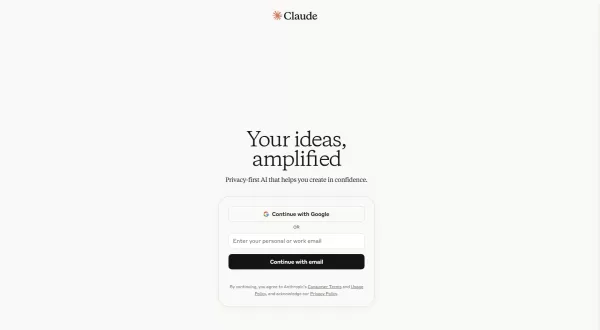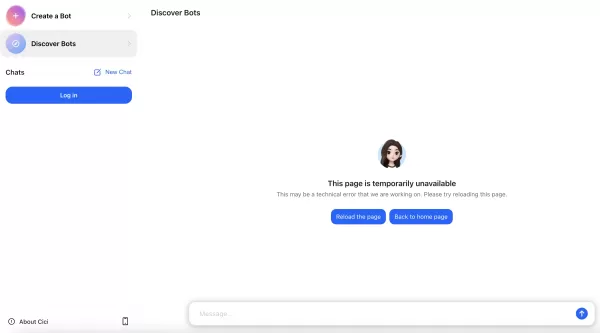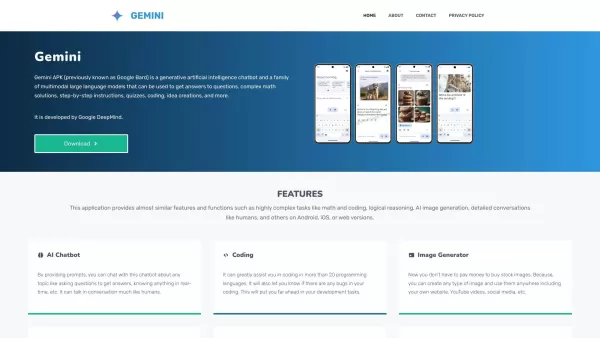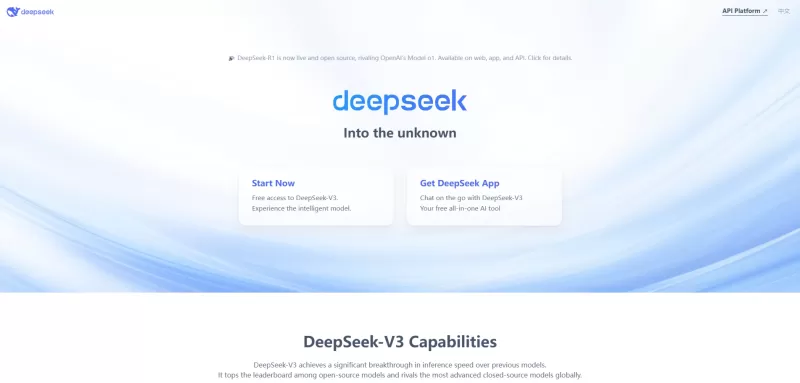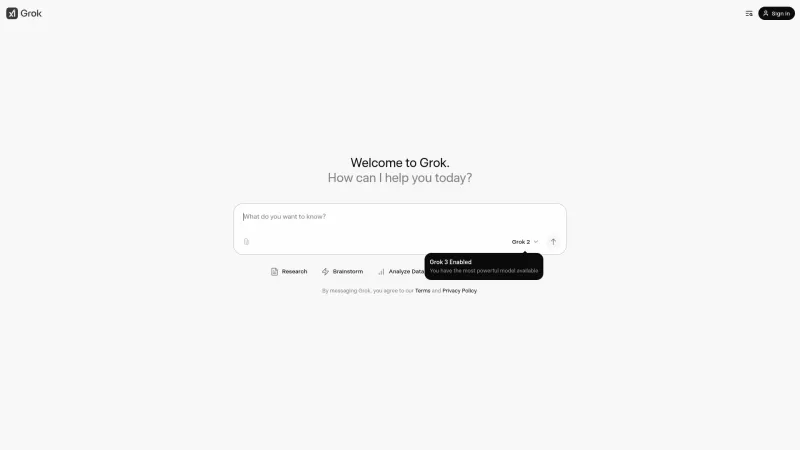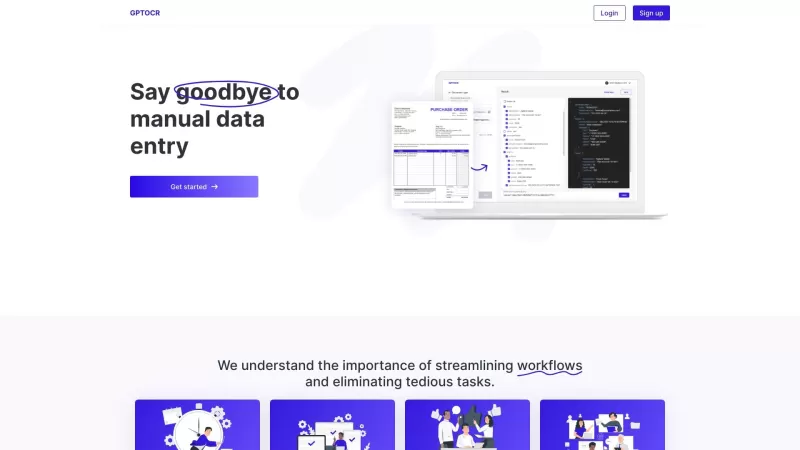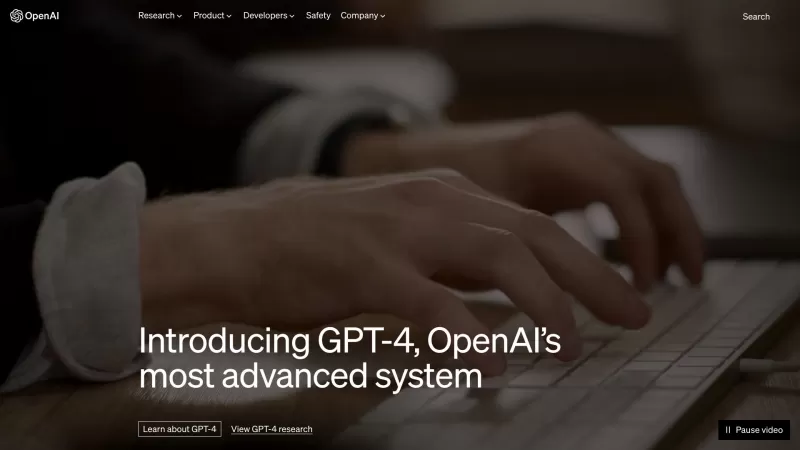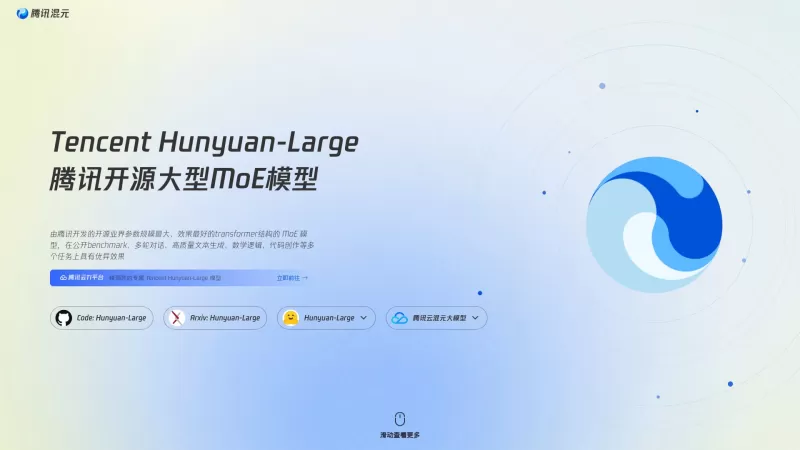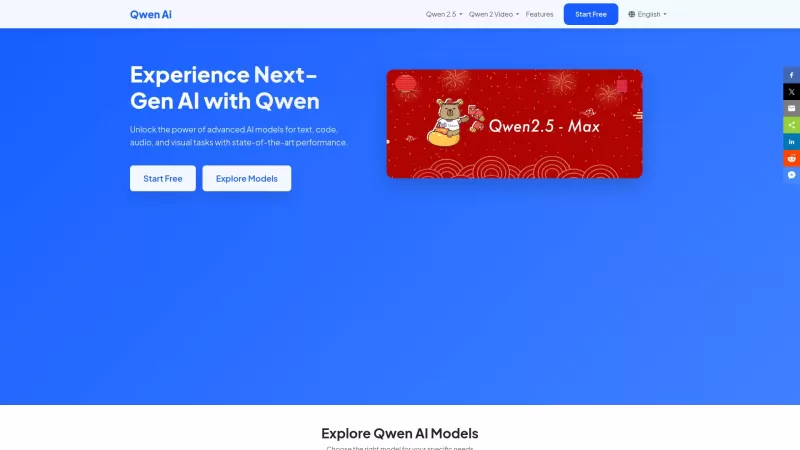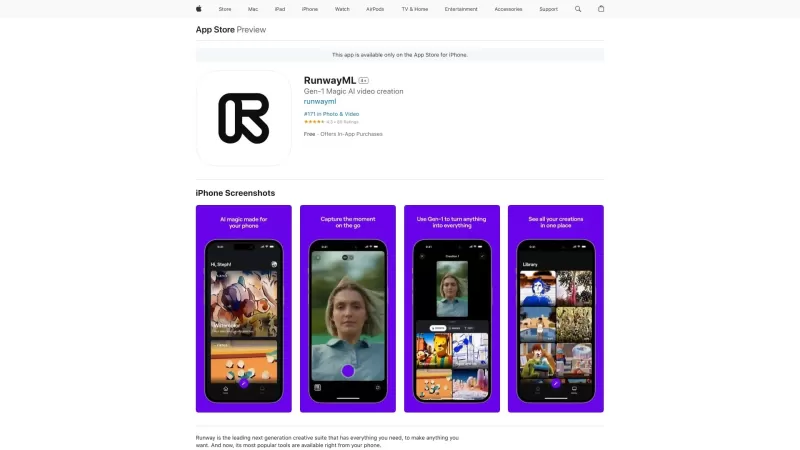AI Art Controversy: Tackling Copyright and Ethics in Digital Creations
The artistic landscape, particularly within specialized communities like furry art enthusiasts, continues to transform dramatically. A contentious new development has surfaced with the advent of AI-assisted creation tools: rampant suspicions of artists employing artificial intelligence in their work. While occasionally justified, these allegations frequently blur the boundaries between legitimate artistic inquiry, baseless conjecture, and online bullying. Our examination focuses on a noteworthy furry art controversy surrounding AI usage allegations, revealing the intricate dynamics and harmful consequences of such disputes.
Key Points
The furry art scene faces mounting scrutiny over potential AI-assisted creations.
Allegations frequently escalate into toxic online harassment campaigns.
Authentic artwork may display imperfections that resemble AI-generated flaws.
Evaluating an artist's complete portfolio provides crucial context for suspicions.
Unfounded claims can permanently tarnish professional artistic reputations.
Comprehending AI-generated art characteristics prevents misguided accusations.
Emerging ethical frameworks continue shaping AI's role in artistic communities.
The Furry Art AI Controversy
Understanding the AI Art Accusations
Accessible AI image generation has sparked heated debates about artistic authenticity within creative spaces. For furry artists who pride themselves on original character designs and technical skill, AI-related allegations carry particularly severe consequences. Common suspicions arise from stylistic inconsistencies, improbable productivity levels, or technical precision that appears artificially enhanced.
Distinguishing machine-generated from human-created artwork grows increasingly problematic as AI systems evolve. Modern algorithms expertly emulate diverse artistic techniques, sometimes intentionally incorporating imperfections to appear more authentic. This uncertainty fuels intense community conflicts and frequent misidentification. Central to the controversy is the potential marginalization of traditional artists and devaluation of painstakingly developed skills as AI produces comparable results with minimal effort. Art communities are actively developing ethical frameworks for responsible AI disclosure and implementation.
The core concern revolves around artistic honesty—whether AI-assisted work should be clearly labeled rather than presented as purely human-generated talent. As standards develop, transparency remains paramount for maintaining community trust.
A Specific Furry Art Drama: Heart of Senso
A prominent case study involves artist Heart of Senso, facing intense community backlash over suspected AI usage in furry artwork. Critics highlighted alleged technical discrepancies that supposedly indicated AI assistance, sparking heated online debates.
Fellow artist Critter (fourleafisland) emerged as a staunch defender, vouching for Heart of Senso's authenticity while attempting to clarify misconceptions. Though intended as constructive dialogue, the discussion unfortunately escalated into harassment despite initial good intentions. The incident underscores how rapidly AI-related suspicions can spiral out of control within artistic communities, highlighting the urgent need for verified creation processes and evidence standards.
Analyzing Inconsistencies in Heart of Senso's Art
The Case of the Cat Mechanic
An anthropomorphic feline mechanic illustration became ground zero for heated debate.
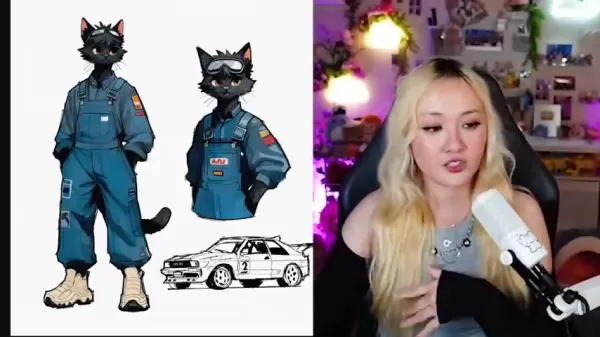
Detractors cited perceived anomalies in line quality, color application, and stylistic coherence as evidence of AI generation. However, experienced artists noted that legitimate human artwork frequently contains comparable variations due to creative choices or natural imperfections.
Common indicators falsely attributed to AI:
- Color inversions within a piece
- Minor character inconsistencies across artworks
- Subtle variations in accessory details
- Inconsistent color application on recurring elements
These characteristics require careful contextual assessment before drawing conclusions about AI involvement.
Methods of Detecting AI Art
Side-by-Side Comparisons
Comparative analysis remains a popular but flawed verification technique.
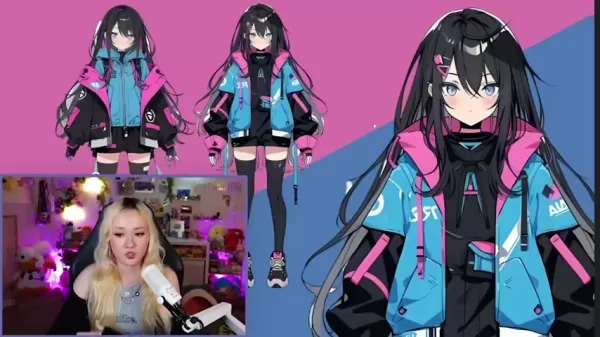
The method assumes AI systems struggle with perfect replication across iterations, yet human artists also intentionally vary details. Over-reliance on this approach risks false accusations against legitimate creators. Critical assessment areas include:
- Character eye coloration consistency
- Design element positioning
- Accessory continuity across pieces
Overall Artistic Inconsistencies
Discerning AI involvement requires evaluating an artist's entire portfolio for genuine stylistic evolution versus abrupt, implausible technical leaps. Established creators typically demonstrate logical progression, whereas AI-assisted works may exhibit jarring inconsistencies in fundamental artistic skills.
AI Art: Navigating the Ethics
Pros
Workflow Acceleration: AI tools streamline production phases
Creative Accessibility: Lowers technical barriers for aspiring artists
Innovative Exploration: Enables experimental stylistic development
Cons
Potential Economic Impact: May displace traditional artistic roles
Legal Ambiguities: Unresolved copyright ownership questions
Skill Valuation: Risks diminishing appreciation for artistic mastery
FAQ
What is furry art?
Furry art depicts anthropomorphized animal characters with human characteristics, forming the visual cornerstone of a vibrant creative subculture spanning various styles and themes.
What is AI art?
AI-generated artwork utilizes machine learning algorithms trained on visual databases to produce new images based on textual or visual inputs, with varying degrees of human oversight.
Is it unethical to use AI in art?
Current ethical standards emphasize transparent disclosure of AI assistance, allowing audiences to make informed judgments about supporting human versus algorithmically-generated artwork.
Related Questions
How can artists protect themselves from false AI accusations?
Maintain comprehensive process documentation including preparatory sketches, employ distinctive stylistic signatures, cultivate community relationships, and practice full transparency regarding tool usage.
What are the ethical considerations of using AI in art creation?
Key concerns include intellectual property rights, training data sourcing ethics, economic impacts on artistic professions, and establishing disclosure standards that preserve artistic integrity while embracing technological progress.
Related article
 Unlock AI-Powered Data Visualization with ChartAI's AI Charting Features
Key Features of ChartAIHarnessing artificial intelligence for smarter data visualization, ChartAI represents the cutting edge of technical analysis tools. This innovative platform transforms complex market data into clear, actionable insights for tra
Unlock AI-Powered Data Visualization with ChartAI's AI Charting Features
Key Features of ChartAIHarnessing artificial intelligence for smarter data visualization, ChartAI represents the cutting edge of technical analysis tools. This innovative platform transforms complex market data into clear, actionable insights for tra
 New AI Copyright Payment System Emerges to Compensate Creators Online
New Content Licensing Standard Emerges for AI DevelopmentA groundbreaking licensing framework is emerging to help web publishers define how AI developers can utilize their content. This week, prominent platforms including Reddit, Yahoo, Medium, Quora
New AI Copyright Payment System Emerges to Compensate Creators Online
New Content Licensing Standard Emerges for AI DevelopmentA groundbreaking licensing framework is emerging to help web publishers define how AI developers can utilize their content. This week, prominent platforms including Reddit, Yahoo, Medium, Quora
 CodeDesign.ai Review: Rapid AI Website Creation Simplified
In today's fast-paced digital world, a professional website has become essential for businesses and individuals. Yet building one from scratch requires technical skills many don't possess. CodeDesign.ai emerges as an AI-powered solution promising to
Comments (0)
0/200
CodeDesign.ai Review: Rapid AI Website Creation Simplified
In today's fast-paced digital world, a professional website has become essential for businesses and individuals. Yet building one from scratch requires technical skills many don't possess. CodeDesign.ai emerges as an AI-powered solution promising to
Comments (0)
0/200
The artistic landscape, particularly within specialized communities like furry art enthusiasts, continues to transform dramatically. A contentious new development has surfaced with the advent of AI-assisted creation tools: rampant suspicions of artists employing artificial intelligence in their work. While occasionally justified, these allegations frequently blur the boundaries between legitimate artistic inquiry, baseless conjecture, and online bullying. Our examination focuses on a noteworthy furry art controversy surrounding AI usage allegations, revealing the intricate dynamics and harmful consequences of such disputes.
Key Points
The furry art scene faces mounting scrutiny over potential AI-assisted creations.
Allegations frequently escalate into toxic online harassment campaigns.
Authentic artwork may display imperfections that resemble AI-generated flaws.
Evaluating an artist's complete portfolio provides crucial context for suspicions.
Unfounded claims can permanently tarnish professional artistic reputations.
Comprehending AI-generated art characteristics prevents misguided accusations.
Emerging ethical frameworks continue shaping AI's role in artistic communities.
The Furry Art AI Controversy
Understanding the AI Art Accusations
Accessible AI image generation has sparked heated debates about artistic authenticity within creative spaces. For furry artists who pride themselves on original character designs and technical skill, AI-related allegations carry particularly severe consequences. Common suspicions arise from stylistic inconsistencies, improbable productivity levels, or technical precision that appears artificially enhanced.
Distinguishing machine-generated from human-created artwork grows increasingly problematic as AI systems evolve. Modern algorithms expertly emulate diverse artistic techniques, sometimes intentionally incorporating imperfections to appear more authentic. This uncertainty fuels intense community conflicts and frequent misidentification. Central to the controversy is the potential marginalization of traditional artists and devaluation of painstakingly developed skills as AI produces comparable results with minimal effort. Art communities are actively developing ethical frameworks for responsible AI disclosure and implementation.
The core concern revolves around artistic honesty—whether AI-assisted work should be clearly labeled rather than presented as purely human-generated talent. As standards develop, transparency remains paramount for maintaining community trust.
A Specific Furry Art Drama: Heart of Senso
A prominent case study involves artist Heart of Senso, facing intense community backlash over suspected AI usage in furry artwork. Critics highlighted alleged technical discrepancies that supposedly indicated AI assistance, sparking heated online debates.
Fellow artist Critter (fourleafisland) emerged as a staunch defender, vouching for Heart of Senso's authenticity while attempting to clarify misconceptions. Though intended as constructive dialogue, the discussion unfortunately escalated into harassment despite initial good intentions. The incident underscores how rapidly AI-related suspicions can spiral out of control within artistic communities, highlighting the urgent need for verified creation processes and evidence standards.
Analyzing Inconsistencies in Heart of Senso's Art
The Case of the Cat Mechanic
An anthropomorphic feline mechanic illustration became ground zero for heated debate.

Detractors cited perceived anomalies in line quality, color application, and stylistic coherence as evidence of AI generation. However, experienced artists noted that legitimate human artwork frequently contains comparable variations due to creative choices or natural imperfections.
Common indicators falsely attributed to AI:
- Color inversions within a piece
- Minor character inconsistencies across artworks
- Subtle variations in accessory details
- Inconsistent color application on recurring elements
These characteristics require careful contextual assessment before drawing conclusions about AI involvement.
Methods of Detecting AI Art
Side-by-Side Comparisons
Comparative analysis remains a popular but flawed verification technique.

The method assumes AI systems struggle with perfect replication across iterations, yet human artists also intentionally vary details. Over-reliance on this approach risks false accusations against legitimate creators. Critical assessment areas include:
- Character eye coloration consistency
- Design element positioning
- Accessory continuity across pieces
Overall Artistic Inconsistencies
Discerning AI involvement requires evaluating an artist's entire portfolio for genuine stylistic evolution versus abrupt, implausible technical leaps. Established creators typically demonstrate logical progression, whereas AI-assisted works may exhibit jarring inconsistencies in fundamental artistic skills.
AI Art: Navigating the Ethics
Pros
Workflow Acceleration: AI tools streamline production phases
Creative Accessibility: Lowers technical barriers for aspiring artists
Innovative Exploration: Enables experimental stylistic development
Cons
Potential Economic Impact: May displace traditional artistic roles
Legal Ambiguities: Unresolved copyright ownership questions
Skill Valuation: Risks diminishing appreciation for artistic mastery
FAQ
What is furry art?
Furry art depicts anthropomorphized animal characters with human characteristics, forming the visual cornerstone of a vibrant creative subculture spanning various styles and themes.
What is AI art?
AI-generated artwork utilizes machine learning algorithms trained on visual databases to produce new images based on textual or visual inputs, with varying degrees of human oversight.
Is it unethical to use AI in art?
Current ethical standards emphasize transparent disclosure of AI assistance, allowing audiences to make informed judgments about supporting human versus algorithmically-generated artwork.
Related Questions
How can artists protect themselves from false AI accusations?
Maintain comprehensive process documentation including preparatory sketches, employ distinctive stylistic signatures, cultivate community relationships, and practice full transparency regarding tool usage.
What are the ethical considerations of using AI in art creation?
Key concerns include intellectual property rights, training data sourcing ethics, economic impacts on artistic professions, and establishing disclosure standards that preserve artistic integrity while embracing technological progress.
 Unlock AI-Powered Data Visualization with ChartAI's AI Charting Features
Key Features of ChartAIHarnessing artificial intelligence for smarter data visualization, ChartAI represents the cutting edge of technical analysis tools. This innovative platform transforms complex market data into clear, actionable insights for tra
Unlock AI-Powered Data Visualization with ChartAI's AI Charting Features
Key Features of ChartAIHarnessing artificial intelligence for smarter data visualization, ChartAI represents the cutting edge of technical analysis tools. This innovative platform transforms complex market data into clear, actionable insights for tra
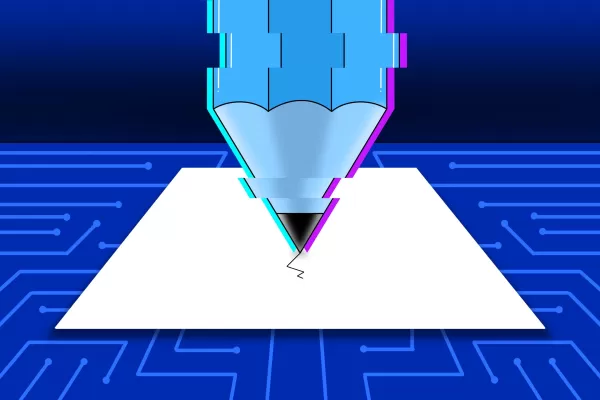 New AI Copyright Payment System Emerges to Compensate Creators Online
New Content Licensing Standard Emerges for AI DevelopmentA groundbreaking licensing framework is emerging to help web publishers define how AI developers can utilize their content. This week, prominent platforms including Reddit, Yahoo, Medium, Quora
New AI Copyright Payment System Emerges to Compensate Creators Online
New Content Licensing Standard Emerges for AI DevelopmentA groundbreaking licensing framework is emerging to help web publishers define how AI developers can utilize their content. This week, prominent platforms including Reddit, Yahoo, Medium, Quora
 CodeDesign.ai Review: Rapid AI Website Creation Simplified
In today's fast-paced digital world, a professional website has become essential for businesses and individuals. Yet building one from scratch requires technical skills many don't possess. CodeDesign.ai emerges as an AI-powered solution promising to
CodeDesign.ai Review: Rapid AI Website Creation Simplified
In today's fast-paced digital world, a professional website has become essential for businesses and individuals. Yet building one from scratch requires technical skills many don't possess. CodeDesign.ai emerges as an AI-powered solution promising to
